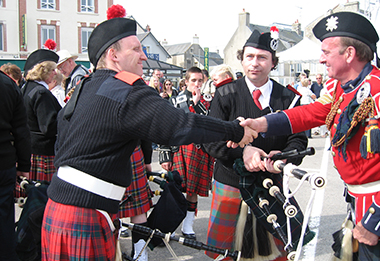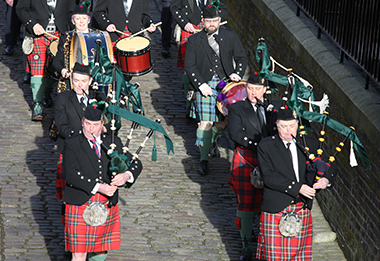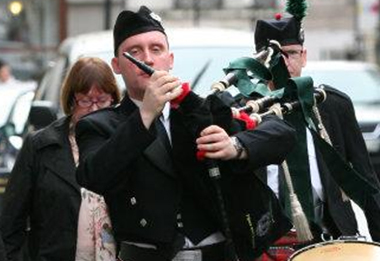
The bagpipes are a powerful instrument. When played in tune with star quality and not like a cat being run over by a London bus they’ll grip and thrill your guests… (don’t under estimate cutting corners – I hear the horror stories!) The Queen has her own piper to wake her each morning, they are routinely paraded at military tattoos and other PR events, and have an unparalleled ability to stir the blood and motivate troops into battle. They are one of the hardest instruments to play, and require much time and attention to detail; not only in practice, but also in maintenance. Yet the person who sets out to become a piper should take pride that theirs is a national instrument, worthy of their best efforts and many great pieces of music have been composed especially for them.


